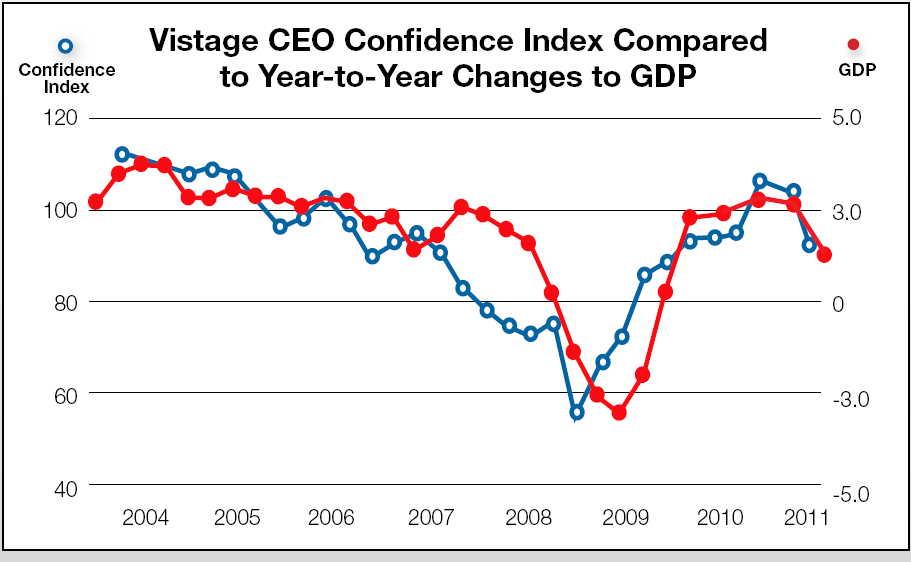 Last week, Crain’s Chicago Business published their annual list of “Chicago’s Best Places To Work”. As I read through the list, I was struck by the differences in the companies that made it to the top ten. The list included Fortune 500 companies, companies with less than 100 employees, technology companies, financial services companies, manufacturers, etc. etc.
Last week, Crain’s Chicago Business published their annual list of “Chicago’s Best Places To Work”. As I read through the list, I was struck by the differences in the companies that made it to the top ten. The list included Fortune 500 companies, companies with less than 100 employees, technology companies, financial services companies, manufacturers, etc. etc.
In short, the list was very diverse. The diversity of the list is what caused me, as a leadership coach to pause and ask “What is the leadership lesson?”
My sense is the answer lies in the wisdom we gained from Edgar Papke, a Vistage Speaker who spoke to several of my groups in the last month on the topic of Alignment: How to Build and Lead High Performing Teams and Organizations. We learned from Edgar that it isn’t about one culture being “better” than another. Rather, the goal is to align your customer needs and your unique selling proposition with your culture. Companies that achieve this alignment, according to Edgar, consistently outperform their competitors.
Extrapolating from Edgar, what makes companies “winners” as best places to work, are those that achieve this alignment.
So, before you start adopting the practices of the companies you read about in the list, I encourage you to pause and ask yourself:
- What is the culture of my company?
- Is our culture in alignment with our customer needs?
- What gaps in alignment can we address that will make this a “best place to work”?
To read the Crain’s article click here.
For more on Edgar Papke and Alignment including measurement tools, click here.


















 The initial results of my Pivot are excellent. I feel I have much greater clarity regarding the next 3-5 years..
The initial results of my Pivot are excellent. I feel I have much greater clarity regarding the next 3-5 years..  John Yerger
John Yerger